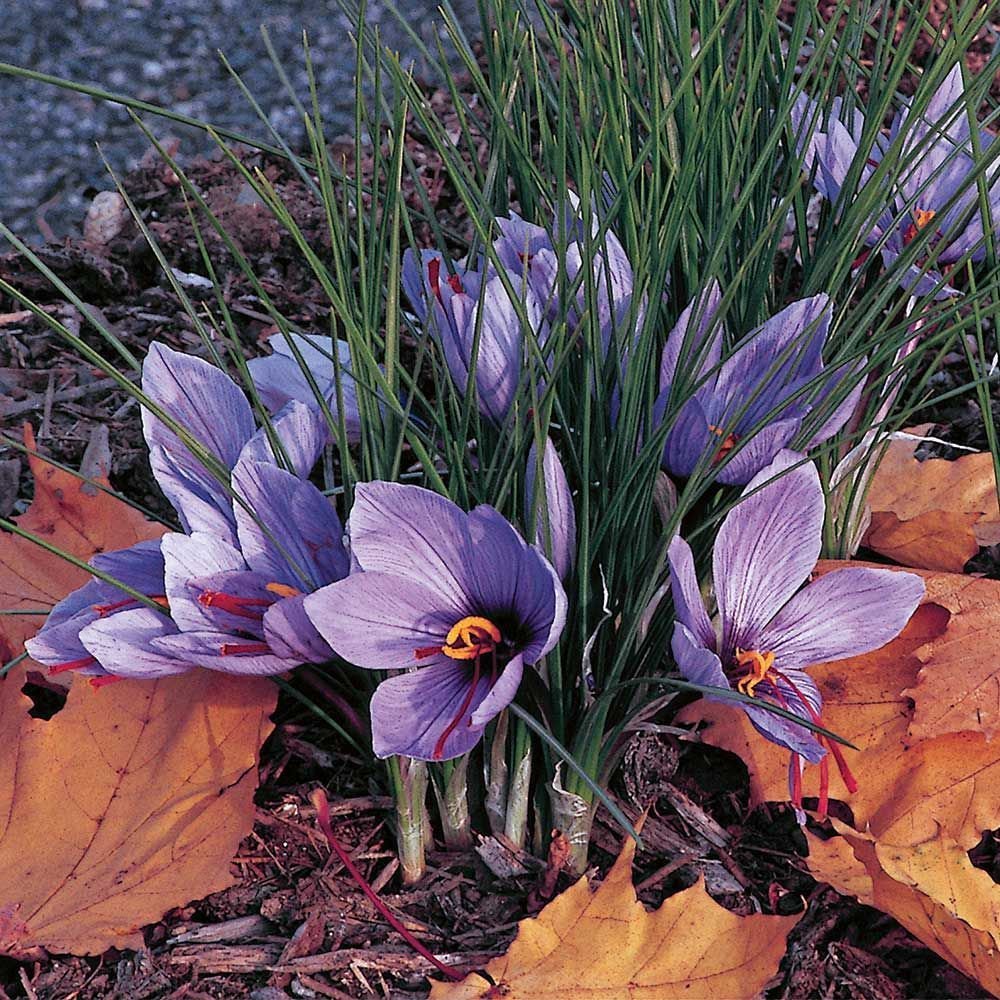Most Expensive Flowers: Part 2


You loved our first look at the world’s most expensive blooms, so we thought we’d bring them back for another heavenly sniff. If you’ve been wanting to buy a bouquet for a family member or loved one, then take a look at these picks – and perhaps make your play for a casino jackpot at the same time. They might just be flowers but they don’t come cheap!
Tulips: £3 600
You might not think of tulips as being particularly expensive, but in 17th century Holland, these flowers were a must-have item with a hugely exorbitant price tag. In fact, their popularity pushed their value all the way up to 10 000 guilders ($5 700) – enough to feed a family for six months! Today tulips are every bit as sought-after, both for their shape and for their bright colours – although we’re not suggesting you spend six months’ wages on a bunch.
Saffron crocus: £760-950 per pound
You’ve heard of the spice saffron, yes? Well this is where it comes from – the saffron crocus, one of the most valuable flowers in the world. Prized for its golden colour and unique seasoning abilities, saffron is one of the most expensive spices there is, and one of the most difficult to come by too, as roughly 80 000 crocuses are needed to produce 500 grams. When harvesting the spice, the bright orange stamens of the crocus are hand-picked and dried, and sold as the saffron we know from spice shops. Apart from this valuable commodity, saffron crocuses are also known for their vibrant purple and orange colouring – another reason why they sell for an unbelievable $12 000, or £760-950 per pound of saffron spice. So the next time you can afford to buy saffron for your cooking, make sure you don’t waste a single gram!
Hydrangea: $6.50 per stem
Hydrangeas aren’t that pricy surely? Think again – because at $6.50 per stem, a bouquet of these babies can soon be a lot more costly than you were expecting. Instantly recognisable by their large cottonball appearance, hydrangeas come in a variety of colours from white and purple to pink and blue, and are notoriously difficult to grow and cultivate. What’s more, their delicate nature makes them prone to wilting, so if you’re ordering bunches or arrangements for an event or special occasion, it’s best to use them on their day of purchase. You might not need to take out quite as big a loan to buy them as you would a saffron crocus, but their price is still nothing to be sneezed at (unless you have hay fever, of course).
Lisianthus: $10 – $35 per bundle
Another flower that grows in hues of white, lavender and pale purple, the Lisianthus lasts only a few short weeks after being picked – which is why its price is so high. With blooms of approximately 5cm, the plant itself is a hardy one, growing up to 60cm in height, although its flowers are far more delicate. Again, if a bouquet of Lisianthus is what your heart desires, it’s best to purchase it as soon as it’s been picked in order to enjoy the full effect of this gorgeous flower – and to get as much value as possible from its price tag of up to $35!
Honestly, dressing up expensive flowers as ‘must-have’ feels out of touch. Why glorify overpriced blooms? Just disappointing fluff!
The details about tulips were absolutely fascinating! 😊 It’s amazing to see how their value skyrocketed in the 17th century!